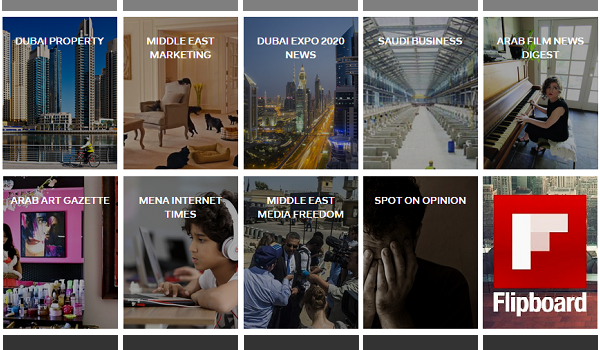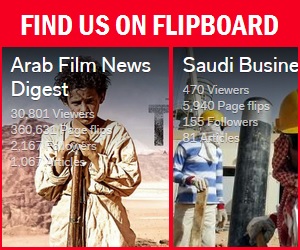Flipboard and the future of content
 It’s no secret that the Internet has radically changed the way we create, consume and share content and continues to do so. Spot On often talks about concepts such as disintermediation, the atomisation of communications, the social consumer and the pressure on all organisations to become publishers of content. It’s easy to spot the big things that are happening. It’s also easy to see the cracks appearing in traditional media models as content becomes more difficult to manage, control and make money from. However, it’s not always easy to see what new media, content channels or platforms are going to drive the next wave of changes.
It’s no secret that the Internet has radically changed the way we create, consume and share content and continues to do so. Spot On often talks about concepts such as disintermediation, the atomisation of communications, the social consumer and the pressure on all organisations to become publishers of content. It’s easy to spot the big things that are happening. It’s also easy to see the cracks appearing in traditional media models as content becomes more difficult to manage, control and make money from. However, it’s not always easy to see what new media, content channels or platforms are going to drive the next wave of changes.
What is clear is that the value of good content has never been easier to appreciate, nor harder to monetise. Content consumption has become more personal and distribution more social. Consumers now get to choose from an increasing multitude of channels from which to consume their content, which may be media producers, aggregators or simply their friends. There are also many ways for consumers to share content and Internet companies continue to introduce new services to give consumers more and more control over what their delivery channels look like.
One such new service is the new ‘create your own magazines’ feature from multimedia feedreader Tablet and iPad app Flipboard, announced by Flipboard Inc. at the end of March. It’s not an entirely new concept, but it is a bit of an eye-opener, because Flipboard’s new magazine feature is just so incredibly easy to use. It allows anyone with a Flipboard app and an Internet connection to create a ‘magazine’, aggregate content from a wide range of sources and share it in minutes. Flipboard has been careful to ensure that all content read and shared via its services is credited to its source and news organisations will benefit from another channel being opened that leads to their content. However, it does serve to highlight what little control news organisations have over where their content appears these days and the powerful new tools that consumers are being given to package and share content as they see fit.
Here are our first three Flipboard magazine titles (Flipboard’s iPad or Android* reader apps are required to view these):
Each magazine took us about 10 minutes to set-up and publish. Ok, we are a bit geeky and already armed to the teeth with our own RSS feeds, but nevertheless, it’s easy enough for any user to create their own Flipboard magazine in minutes. Becoming a publisher has never been so easy.
You can find Spot On PR’s profile on Flipboard here.
* Update: Flipboard has now added a web interface allowing any user with a browser to view Flipboard magazines and better search results for magazine publishers.
Read more about content
Why retiring Google Reader is anti-social (March 2013)
We are all publishers (March 2012)
Facebook down – thousands of brand pages inaccessible (March 2012)
The Freedom Meme (September 2011)
Facebook bigger than newspapers? So what? (May 2010)
Losing the battle for control (January 2011)
Disintermediation and the media (November 2009)
Sign-up for reports & updates
If you would like to receive reports and updates from time-to-time by email click here to join Spot On PR’s mailing list.
Connect with us
‘Like’ Spot On PR’s Facebook page
Tags: Android, apple, apps, AppStore, Arab World, Blogging, Carrington Malin, Content, Disintermediation, Facebook, film, Flipboard, General, Google Reader, Internet, iOS, Linkedin, media, media freedom, MENA, Middle east, Newspapers, Online marketing, press freedom, publishers, Publishing, social media, Twitter





